Home bakers, are you struggling with pricing home-baked goods? Have you been wanting to learn how to sell your baked goods for good money? I’m going to share my simple method for managing the variable costs involved with pricing home-baked goods so you can make a nice profit in your bakery. This works for home bakeries, online bakery sales, farmer’s market sellers, and even commercial bakeries or retail bakery shops. It’s time to stop guessing and get a strategy for your bakery pricing!

Choosing The Right Prices Is The Key To A Successful Baking Business.
Here’s how correctly pricing your baked goods can help you:
- Pay for your supplies and overhead
- Pay yourself each month
- Generate profit for your business
Are you ready to stop guessing at prices, and learn how to price your baked goods the right way?
The First Step To Pricing Baked Goods Is To Track The Cost Of Your Ingredients
Figuring out how much you spend on ingredients is the first step to pricing your baked goods. I recommend a master inventory list or spreadsheet with your ingredients and the amount you paid. Record the size of the package and the cost of the container.
It helps to see the ingredient costs by weight. This number is called the price per unit. To find your price per unit just divide the purchase price by the purchased quantity.
Be sure to update your list every few months. Make a note of which ingredients have increased in price. This will help you keep up with increasing ingredient costs.
Next, You Want To Calculate The Cost Of Ingredients In Your Recipe
Now that you know how much your ingredients cost you to buy, you can move on to calculate the cost to make your recipe.
To calculate the recipe cost, you’ll need to record the cost for the amount of each ingredient used in your recipe.
Here’s an example of how to calculate the cost of ingredients:
- I buy a 5 lb (80 oz) bag of flour for $2.64
- The price per unit of flour is $0.03/oz [= $2.64/80oz]
- My recipe calls for 8 oz of flour.
- The cost of flour in my recipe is $0.26
Do this for each ingredient and you will know the total ingredient cost to make your recipe. Don’t be tempted to stop here though, There are several other costs that need to be accounted for. Keep reading to learn more tips to price your baked goods the right way.

How To Account For All The Costs Involved In Making Your Baked Goods
I hear about lots of methods that bakers use to mark up their recipe costs. Some mark up 3x the recipe cost, while others try increasing the recipe cost by 50% to arrive at a selling price. Neither of these is an accurate way to price home-baked goods though.
Let’s take a look at the additional costs that home bakers have and see how to account for them in your prices.
You Should Include Your Labor Cost When Pricing Home-Baked Goods
To add your labor into a recipe you need to decide how much your time is worth. If you were going to work for someone else doing this work, what would you expect to get paid? Remember, the better you are, the more you can charge for your time. You can always increase your hourly rate, but to start with, just pick a realistic hourly rate.
Here’s a look at the process of making sugar cookies and the time involved:
- Mix the dough (15 min)
- ed goods.
Are you packaging and labeling your items individually? Then you will need to add the cost of 1 package and 1 label to each baked good that you sell.
If you are selling your baked goods by the dozen and packaging them together, you’ll include the cost of the packaging and label to the price per dozen.
What Are The Overhead Costs For A Home-Based Bakery?
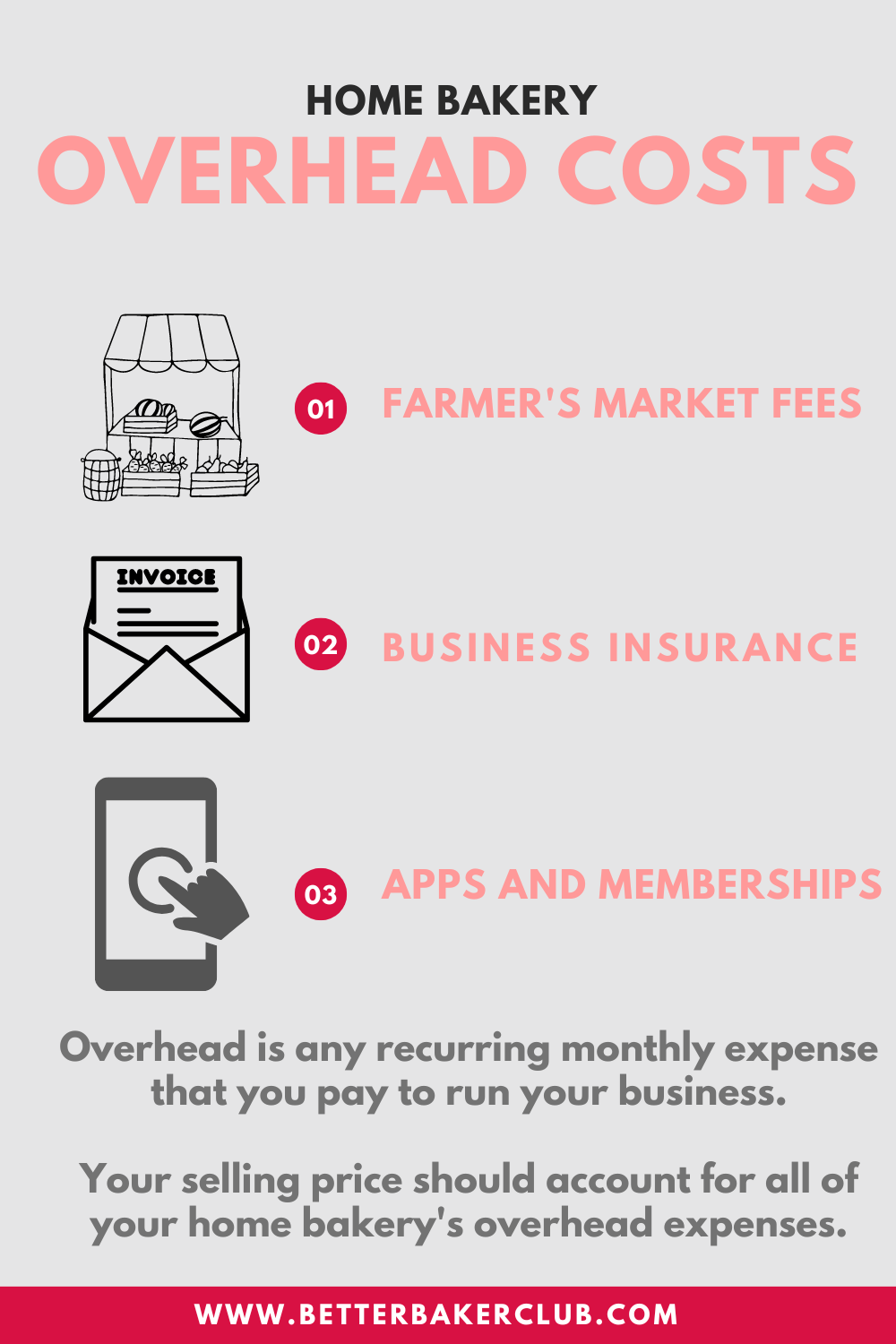
There are two kinds of additional expenses that you can have in your baking business: fixed costs and variable costs. These are expenses for items that are not part of the ingredients or labor involved in making the recipe.
Here is a definition of the types of additional non-food expenses you may have:
Fixed Costs For Home Bakers
Fixes costs are costs associated with running your business that don’t change each month. (rent for kitchen space, farmers’ market fees, website maintenance, etc)
The easiest way to calculate your fixed costs is to add up your monthly expenses and divide them by your monthly sales. This will give you a cost per dollar value. Add this amount to your markup when you are calculating your sales price.
Here’s a look at my monthly fixed expenses for my home baking business
- Website fees ($20)
- Farmer’s market costs ($30)
- Business insurance ($15)
In this example, I have fixed costs of $65/month for running my baking business. In a typical month, I make $1000 in sales. My indirect cost for overhead expenses is $65/$1000=$0.065.
This means that for every dollar I sell, 6 cents of that goes to cover overhead.
Variable Costs For Home Bakers
Variable costs are costs that increase when your production increases. (cupcake liners, parchment paper, packaging, and labels)
Here’s a tip to help keep track of your variable expenses:
Include all your variable costs in your recipes. In addition to recording the cost of each ingredient used, add your variable costs like cupcake liners, parchment, packaging, and labels to each recipe.
Keep reading to find your sales price by combining all the total costs

.
What Is The Cost Of Goods Sold (CoGS) For Home Bakers?
Cost of goods sold is a term that refers to the direct cost of making your products. These include the cost of ingredients, your labor to make the item, variable costs, and fixed costs.
Did you see in the above section that I said direct costs? The cost of goods sold is the cost directly related to the sale of your product. It doesn’t include general selling expenses like the salary you pay yourself or your marketing expenses. That will come from your profits. (That’s why it’s super important to make a profit from every sale!)
We’ll get into the indirect costs later, but for now, let’s just focus on the cost of goods sold for your recipe.
How To Calculate The Cost Of Goods Sold For Pricing Home-Baked Goods
The cost of goods sold is calculated by adding up the expenses for each of the following categories:
- Ingredient cost
- Labor cost
- Variable costs
- overhead
cost of goods sold=ingredient cost + labor cost + variable costs + overhead
Once you have your actual costs (cost of goods sold) you can mark it up for profit and get your selling price!
How To Calculate Your Sales Price For Home-Baked Items
Your sale price for home-baked goods is calculated by marking up your cost of goods sold. You’ll need to know the cost of goods sold for each bakery item that you sell.
The formula for cost of goods sold is:
cost of goods sold(CoGs)=ingredient cost + labor cost + variable costs + overhead
To mark up the cost of your product by a percentage, you multiply COGS by the percent markup and add that number to your CoGs.
(CoGS x mark up) + CoGS= Sales Price
Here’s what a mark-up looks like with my sugar cookie recipe:
- CoGS for 1 cookie ($0.66)
- 50 % mark up ($.66 x .50)+ 0.66-$0.99
Applying a 50% mark on a cookie that cost me $0.66 to produce, yields a sales price of $0.99 per cookie.

What Is A Good Profit Margin For Home Bakery Items?
Profit margin is the difference between the total cost of your product and the total revenue it brings in. While many home bakers don’t focus on this number, it’s important because it clearly shows you how much money from every sale is profit.
Profit Margin= 100*(sales price – COGS)/sale
Your profit margin is how much money is left after all the expenses have been covered. It is always expressed as a percentage.
Looking at the profit margins of your products makes helps you:
- Know which items are the most profitable
- Decide which items you should promote
- Make decisions about your less profitable items
- Help you to create more profitable menu items
- Adjust your prices to maintain ideal margins
You can see the value of knowing your profit margin when it comes to making important decisions for your home bakery.
Charging The Right Amount For Your Bakery Items Is A Great Way To Grow Your Small Business
Now that you know how to price baked goods the right way, you are on the way to making a profit on every sale. Just be sure to factor in the cost of your ingredients, labour cost, packaging, and profit to come up with a good price.
In the beginning stages of your business, it may be hard to imagine that someday your business will grow into something much larger. One day you may decide to expand into a retail or commercial space. You may have a bookkeeper, an accountant, or even an investor. You might even decide to sell your business!
Understanding terms like profit margin, cost of goods sold, and gross profit are going to be important. Start now and learn as much as you can about the business side of baking so that you can build the foundation for success!
Are you looking for an easy way to calculate your prices without hours of work? Check out The Perfect Pricing Method. It’s a cake calculator, cookie calculator, and recipe coster all in one. Click here to learn more about the Perfect Pricing Method.
Here Is A List Of Other Resources Available That Can Assist You In The Basics Of Pricing Home Baked Goods.
https://www.lightspeedhq.com/blog/bakery-menu-pricing-strategy/
https://www.pricingbakedgoods.com/
Here Are A Few More Important Questions Home Bakers Frequently Ask
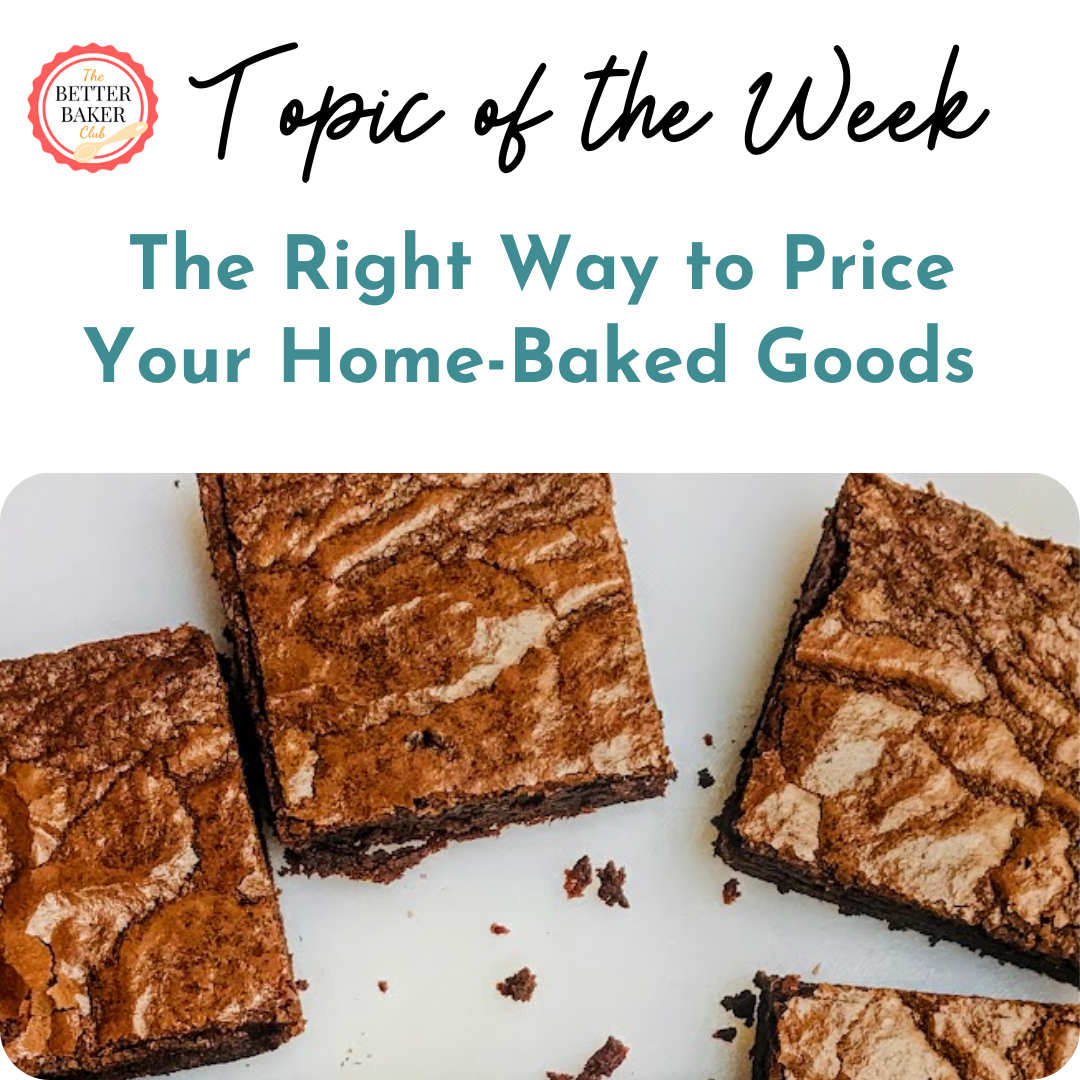
How Do I Update My Prices When The Cost Of Ingredients Goes Up?
When the cost of ingredients goes up you make less profit. Every three months or so, compare what you are paying for supplies now, vs in the prior 3 months. Look for significant increases in commonly used ingredients. (butter. Eggs, oil, flour, sugar, and vanilla). It helps to keep an ingredient list and update it regularly. You’ll need to recalculate your recipes with the new ingredient costs.
You can easily do this with The Perfect Pricing Method. Just update your master inventory list, and it will automatically adjust all your recipes and update your costs.
Do I Include My Start-Up Costs In My Overhead?
Start-up costs are the one-time expenses that you have when you are setting up your business. They should not be included in your overhead. Overhead costs are things that you pay monthly to keep your business running. Typical overhead costs are farmer’s market fees, business insurance, and apps and memberships. You should include overhead costs in your sales price.
Is There An Easy Way To Price Wedding Cakes And Homemade Cakes?
Having been a wedding cake designer for 10 years, I have tried just about every method for pricing wedding cakes! The easiest and most accurate way to price wedding cakes is to set your prices based on the size of each tier, not on how many servings it yields. Create a base price for each tier that includes ingredients, labor, and basic decoration. Add a designer fee for the labor and supplies involved in creating more elaborate designs.
I Sell At The Farmer’s Market And Often Have Leftovers. Should I Factor Leftovers Into My Prices?
Predicting how much to bake for the farmer’s market is really hard. It is common to have leftovers at the end of the market. Instead of factoring leftovers into your prices, I recommend having a flash sale. A flash sale will help you so sell any remaining items.
When I Sell One Dozen Cupcakes, Should I Give A Discount From My Standard Cupcake Price?
Whether or not to offer a discount is a personal decision. I like offering a discount on larger volume sales. You can consider offering an incentive like a reverse baker’s dozen. A reverse baker’s dozen is “buy 11 and get the 12th one free” It gives your customers an incentive to buy a few more. and creates a nice boost for your sales. Inside my Perfect Pricing Method, I show you how to easily price recipes by the piece and by the dozen!
How Do I Know How Much My Labor Costs?
When you’re making your recipes, keep track of the labor involved to mix, portion, decorate and package each menu item. Record the time it takes you to make each recipe you want to price. To calculate your labor costs, you’ll need to decide on your wages as a baker. It’s best to pick something that is standard for your area. This is just compensation for your baking. Later, you’ll pay yourself for your marketing from the business profits. To calculate your labor costs, just multiply the time to prepare a recipe by the selling price.
Good News, My Cottage Food Laws Just Started Allowing Shipping. How Do I Add On That Expense?
The first thing to do is to figure out how you’ll package things for shipping. A good way to do this is to do a trial shipping and mail baked goods to yourself. See if you like the condition they arrive in. Once you know how you will package things for shipping, add up all the additional supplies and the cost to ship. This will be your shipping and handling fee. Now you can add that to the price of the items you sell.
I Think I Understand The Basic Formula, But Is There An Easy Way To Price All My Recipes?
The easiest way to price baked goods is with my Perfect Pricing Calculator tool. I designed the Perfect Pricing Method to use in my own baking business because I needed to be able to price my baked goods quickly and easily. In my course, I teach you how to set up and install the pricing calculator on your own computer. I then walk you through exactly how to enter your ingredients, packaging, overhead, and labor. The final result is a sales price that tells you exactly how much profit you make from each sale. Now I can look at a recipe in a recipe book and calculate a selling price in just minutes!
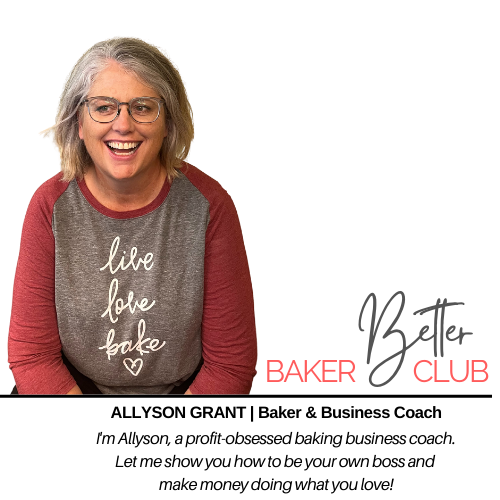

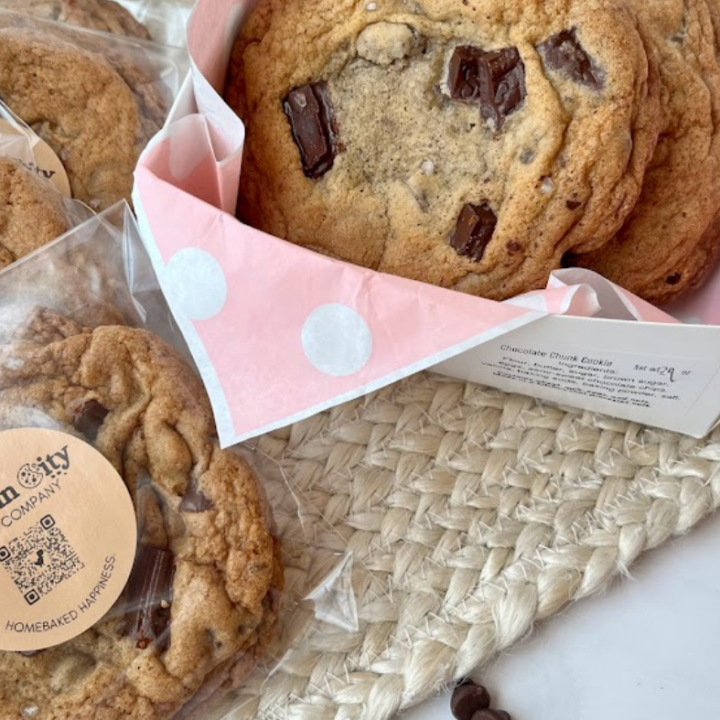
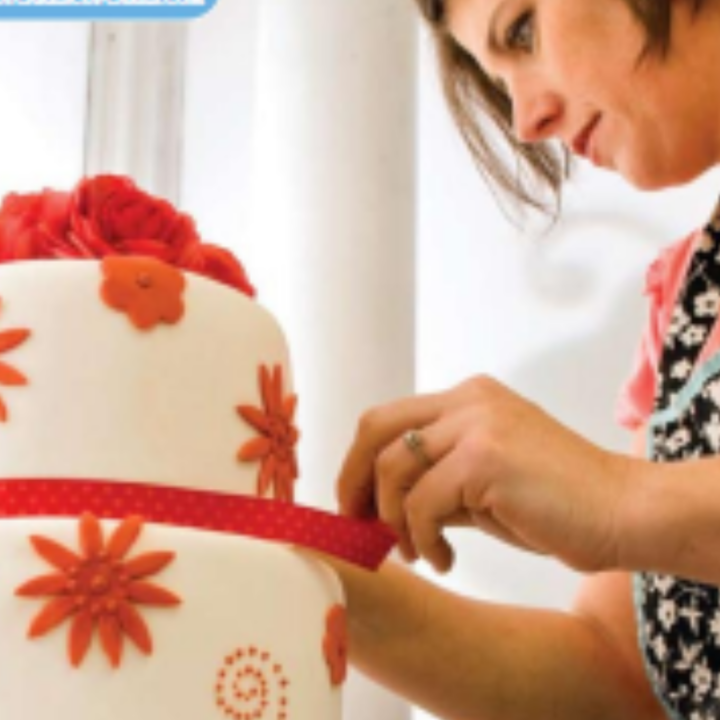
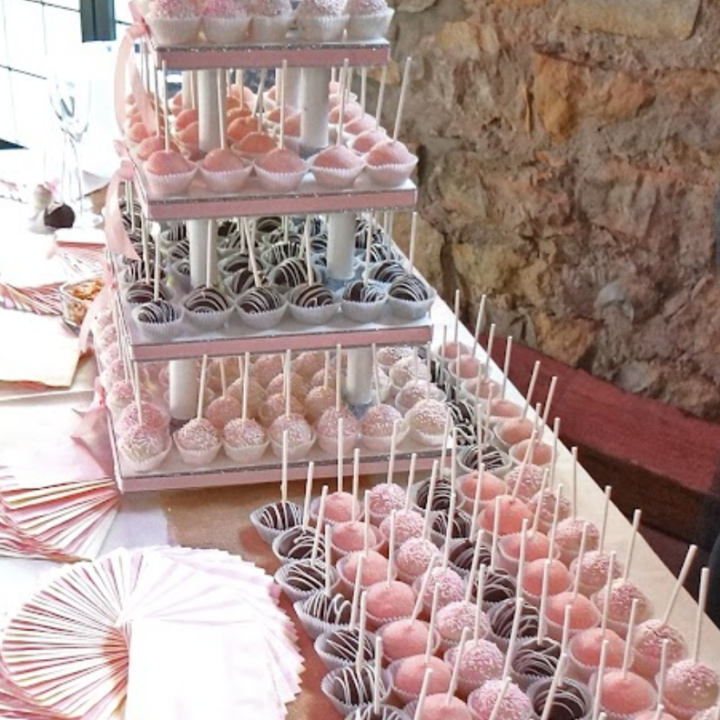
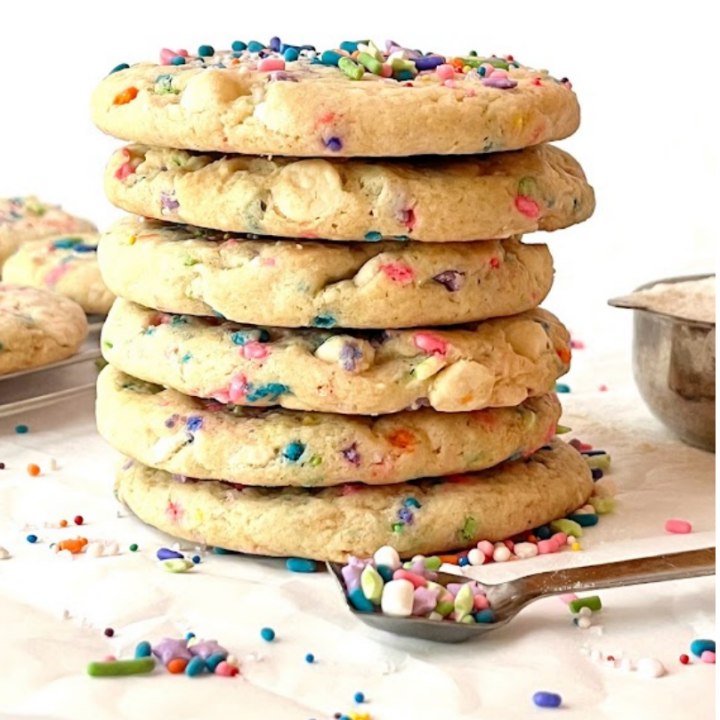
Cupcake Shenanigans says
Great Information!!
Autumn Ridley says
Hi in the example you used 8oz. of flour with price per unit being $0.03. Should the cost not be $0.24 if we are multiplying 8 by 0.03? I am confused on where $0.26 came from.
La Paloma Treats says
Great info- thanks so much for sharing!
Jorge Dussan says
Thank you for sharing. One question: where in the COGS do you include items such as equipment, utensil, etc. costs involved? And how do allocate them to your price unit? Lights on this will be much appreciated.
Sara MacKenzie says
Thanks. I just needed direction to get started. I'm going to make a go of it.
Sara MacKenzie says
@Autumn Ridley, divide $2.64 by 80 Oz = .033. So 80 X .033 = $2.64. Because there's a decimal, you write your total to the nearest cent. But, when you di the math, use your decimal. So .033 X 8 = .264, then round to nearest cent .26. 👌
Mal says
Thanks for the very informative post! Very helpful.
Cheryl Tosta says
Just want to learn to price
Better Baker says
If you're just looking to learn how to price, be sure to sign up for the Pricing Masterclass! The link is in the blog post.
Angel L. Frost says
Profit Margin= 100*(sales price – COGS)/sale
What is the sale number at the end? Is it the number of products you sold?
Pamela says
Thank you so much for sharing this information to help us bakers!!! This is a valuable tool for me.